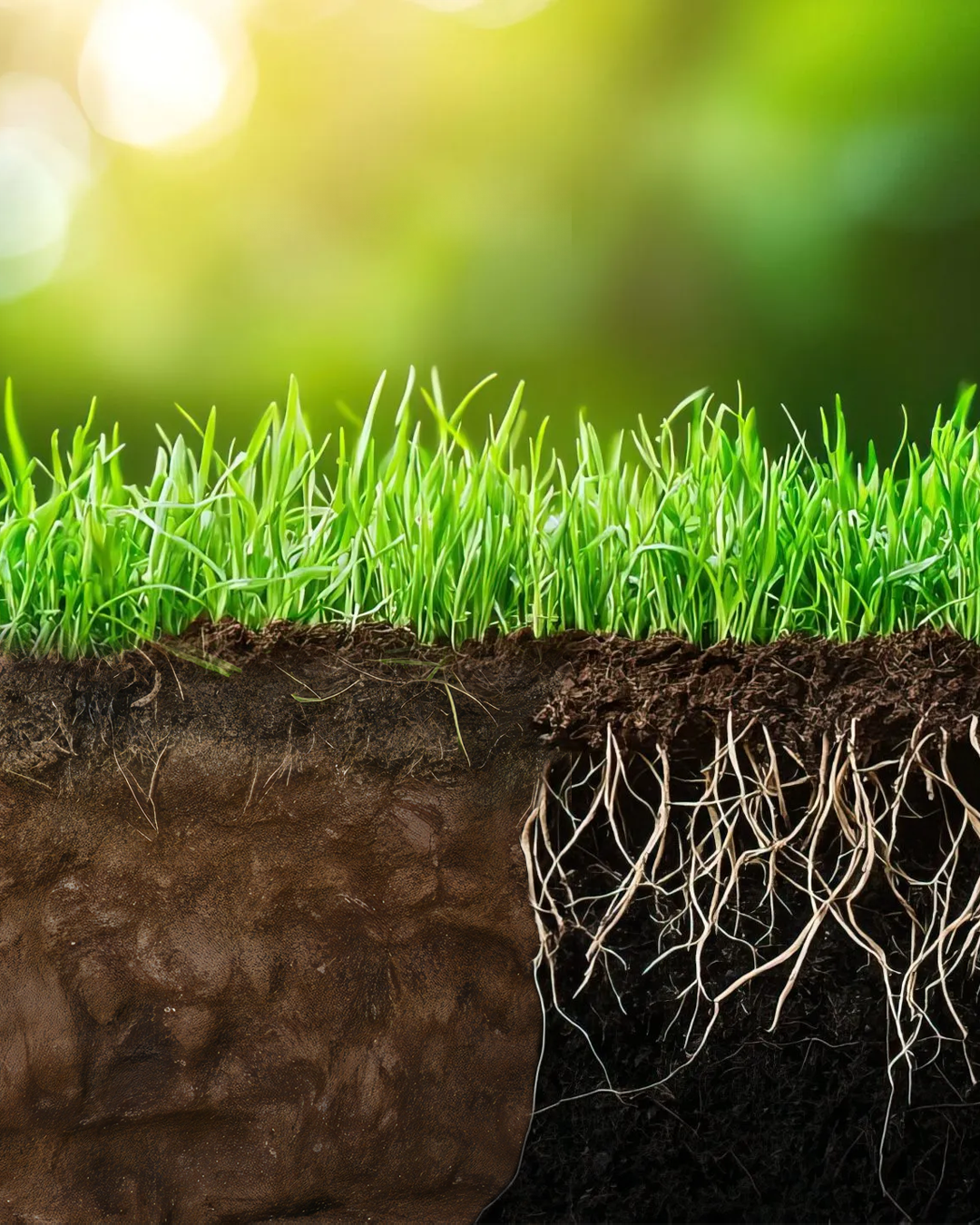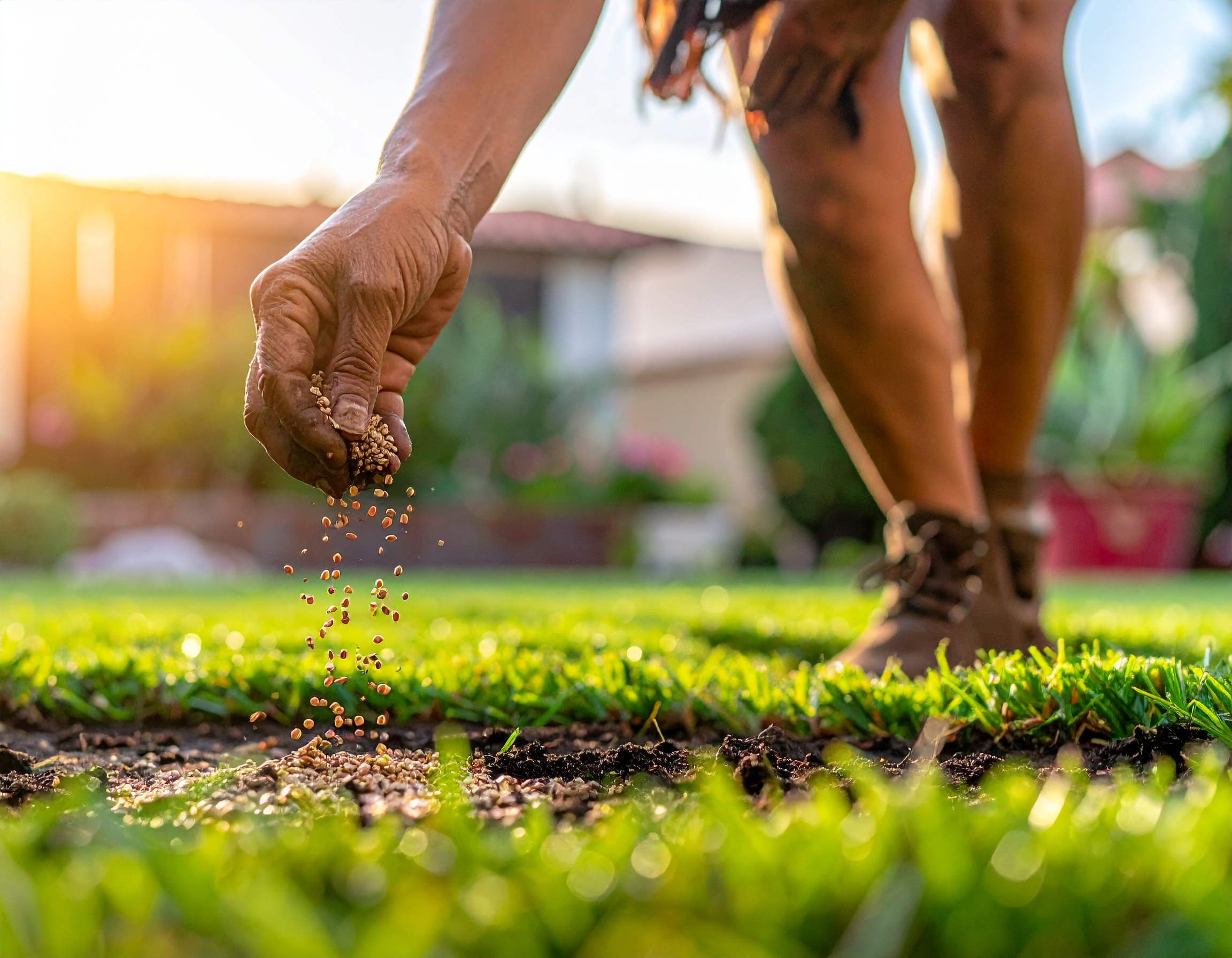No items found.
No items found.

If you’ve ever wondered how often to water your lawn, you’re not alone. Many Melbourne homeowners find lawn watering a bit confusing — especially with changing seasons, water restrictions, and different grass varieties to consider. The good news is that it doesn’t have to be complicated.
Once you understand a few simple principles about timing, duration, and frequency, watering your lawn becomes second nature. This guide will walk you through everything you need to know — from how often to water grass to how long each watering should last — so you can enjoy a lush, healthy lawn all year round.

Getting watering right is one of the most important steps in maintaining a thriving lawn. Proper watering helps your grass grow deep, strong roots that make it more drought-tolerant, lush, and resilient through Melbourne’s variable climate.
Both under-watering and over-watering can cause issues. Too little water leaves grass dry and brittle, while too much can suffocate roots, promote disease, and waste precious water.
Expert insight: Warm-season grasses common in Victoria — such as Buffalo, Kikuyu, and Couch — respond best to deep, infrequent watering. This encourages root systems to grow downward in search of moisture, resulting in stronger, more self-sufficient lawns.
The answer depends on several factors — including the time of year, your turf type, soil condition, and whether your lawn is newly laid or already established. Instead of sticking to a rigid schedule, it’s best to adjust your watering habits as conditions change.
Here’s how to approach watering based on your lawn’s stage of growth and Victoria’s seasons.
New or freshly laid turf needs consistent moisture to help roots establish. For the first 2–3 weeks after installation, water lightly but frequently — usually once or twice a day — ensuring the soil stays evenly damp (not soggy).
As roots begin to take hold, gradually reduce frequency but increase depth. By week four to six, most new lawns can transition to deeper watering every 2–3 days.
This gradual reduction encourages roots to grow downward, giving your lawn the foundation it needs to thrive in the long term.
For more information on how to take care of your newly laid lawn, check out our New Lawn Care Guide.

Once your turf is established, the goal shifts to deep, infrequent watering. Watering two or three times per week is usually enough during warmer months, while once a week (or less) may suffice during cooler periods.
Deep watering — allowing moisture to penetrate 100–150 mm into the soil — promotes drought resistance and keeps lawns green and resilient through Victoria’s hot summers and cool winters.
Every lawn is unique. These local factors will influence how often you should water your lawn:
How long to water your lawn depends on how quickly moisture soaks into your soil. A good rule of thumb is to water until the soil is moist to a depth of around 100–150 mm.
Try this simple test: After watering, insert a screwdriver or spade into the soil. If it slides in easily for about 10–15 cm, your lawn has received enough water. If the soil feels dry and hard, keep watering a little longer.
Drip irrigation systems and pop-up sprinklers vary in output, so adjust duration to suit your setup.
The best time to water in Victoria is early morning — ideally between 6 am and 9 am. Morning watering allows moisture to soak into the soil before the sun gets too strong, reducing evaporation and giving grass time to dry before nightfall.
Avoid watering in the evening, as moisture sitting on leaves overnight can encourage fungal growth, especially in cooler months.
Expert tip: During winter, wait until mid-morning once frost has lifted to avoid shocking your lawn with cold water.

Your lawn will tell you what it needs if you know what to look for.
Signs your lawn needs water:
Signs of over-watering:
Observing these signs helps you fine-tune watering frequency without wasting water.
Melbourne’s water restrictions and changing climate make water efficiency essential. Fortunately, you can maintain a green, healthy lawn while reducing water use through a few smart habits:
These water-wise practices keep your lawn thriving while protecting one of our most valuable resources.
Learning how often to water your lawn is about observation and balance — not rigid schedules. By understanding your lawn’s needs, local climate, and soil type, you’ll build habits that keep your grass green, healthy, and resilient all year round.











.webp)